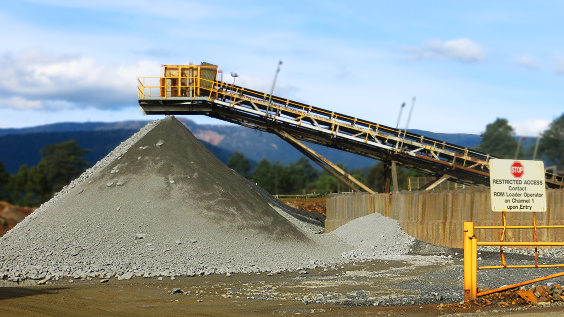COVID-19 has had little impact on operations at Renison, according to half-owner Metals X. The company announced that mine production increased 5% during the first quarter of 2020.
Unlike other mining companies around the world, Metals X has been relatively unaffected by the spread of COVID-19. There has been no disruption to operations, critical supplies, or product logistics and shipping at Renison.
Production at the mine increased 5% quarter-on-quarter to reach 1,740 t tin-in-concentrate. According to Metals X, a higher mined grade in the quarter was the main factor behind this rise.
However, the mine grade at Renison has been slowly declining for some years. One of Metals X’s focuses during the quarter was the Area 5 Optimisation Study. Area 5 is a high-grade target close to existing mining areas. During the quarter, Metals X completed a geotechnical review of Area 5 and began development of part of the ventilation system. The company expects to complete the Optimisation Study in Q2. Production from the new region should begin in the second half of the calendar year.
Tin sold from Renison exceeded that produced for the second quarter in a row. Drawdown of the mine’s ore stockpiles and optimisation of the ore sorting circuit increased the amount of ore processed and its grade. Despite falling prices on the LME, Metals X were able to realise a higher tin price in Q1 compared to the end of 2019.
Our view: Falling tin prices and the spread of coronavirus have seen concentrate supply from Africa and Myanmar decline. Asian and Chinese smelters appear to have turned to Renison to supply additional tin concentrate in Q1.
Although mines in Myanmar will resume concentrate production in May, it may take some time for African production to return. The artisanal and small-scale miners require higher prices and reduced exposure to COVID-19 to incentivise mining. Therefore, it is likely that tin sales from Renison will continue to exceed production in Q2.



